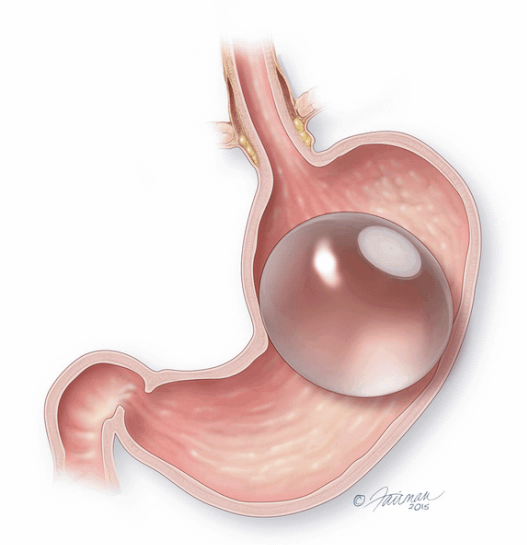It is widely accepted in the medical and scientific communities that obesity is a chronic condition that extends beyond food intake. Yet despite numerous guidelines, health management solutions, and potential pharmacological treatments for obesity, the condition remains a significant health problem in the United States. The discrepancy between the number of solutions and results remains, and researchers at Mayo Clinic have reviewed an extensive body of literature to determine how recently approved treatments and devices affect gastrointestinal traits to combat obesity.
According to the review, “Gastrointestinal Traits: Individualizing Therapy for Obesity with Drugs and Devices,” which was published in the journal Gastrointestinal Endoscopy, between 116 and 140 million more Americans were recommended to lose weight in the year 2013–an increase of 20.9%. However, the researchers have noted an “imbalance between efficacy and costs of commercial weight loss programs and drug therapy,” as the average weight lost as a result of these interventions is only approximately 10 pounds, and the number of bariatric procedures increased by 50% in the last 10 years.
Previous researchers have gathered a wealth of data regarding the use of commercial weight loss programs that focus on a patient’s diet and behaviors. They found that commercial diets achieved greater results than counseling programs such as Weight Watchers or Jenny Craig. Looking beyond diet alone, the researchers at Mayo Clinic focused their attention on pharmacological and surgical approaches to combating obesity.
Pharmacological agents can work to combat obesity by reducing an individual’s appetite or increasing an individual’s feeling of satiation following a meal. On average, obese individuals experience increased appetite and decreased satiety when eating. Combining phentermine and topiramate treatments was shown to decrease a study cohort’s caloric intake, potentially by affecting satiety.
Alternatively, bariatric surgery combats obesity by reducing the amount of food intake possible for an individual. The average obese individual has an increased fasting stomach volume, allowing more food intake. In complement to bariatric surgeries such as gastric bypass surgery to reduce stomach volume, there are devices that are designed to occupy space in an individual’s stomach to decrease gastric capacity. A few balloon-based devices are being developed, including a transpyloric shuttle and the ReShape Intragastric Duo-Balloon. Both are associated with weight loss, with the second showing results in less than seven days.
“The mechanisms or traits targeted by drug and device treatments include centrally mediated alterations of appetite or satiation, diversion of nutrients, and alteration of stomach capacity, gastric emptying, or incretin hormones,” concluded the authors. “Future treatment may be individualized based on quantitative gastrointestinal and behavioral traits measured in obese patients.” Since the results of the researchers’ reviewed studies were focused on the average responses of patients and the average characteristics of obese individuals, it will be important to focus attention on case-by-case care.


